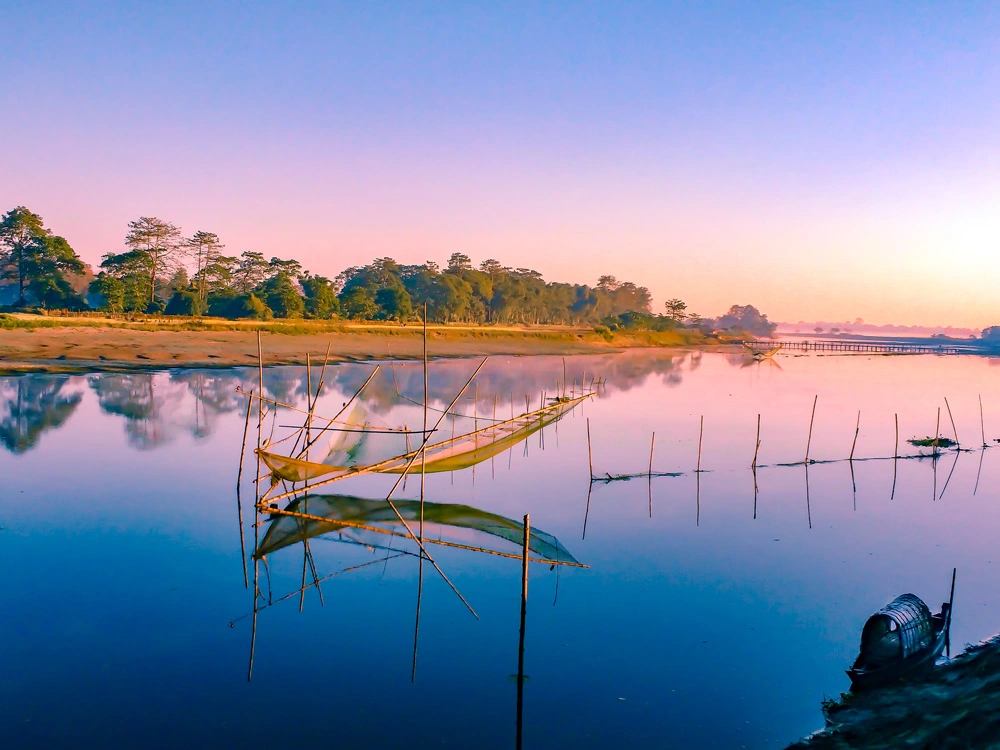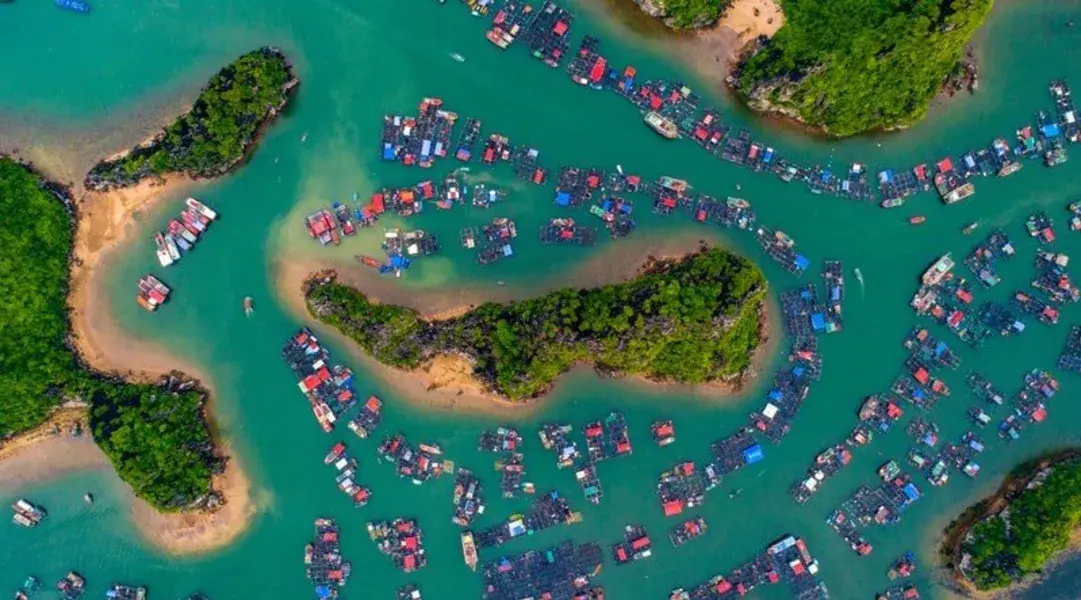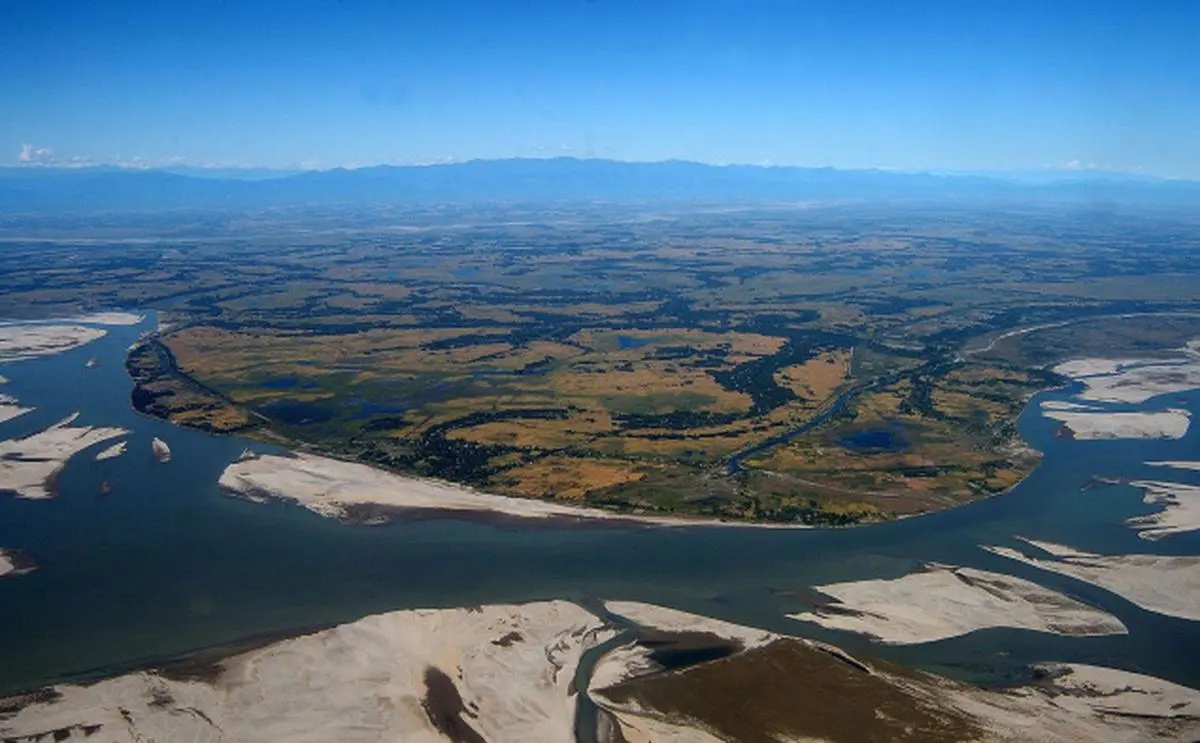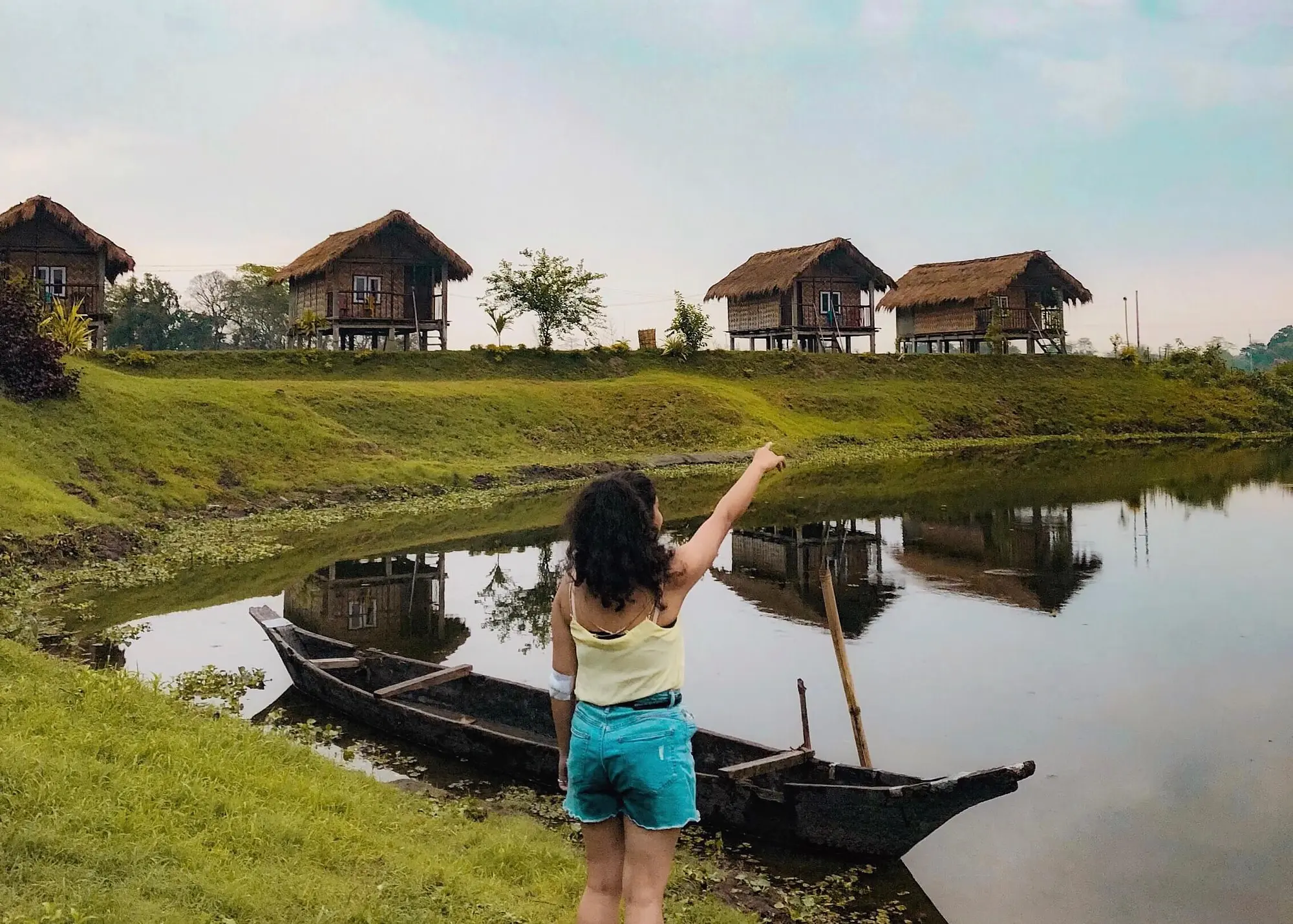Nestled in the midstream of the mighty Brahmaputra River in Assam, lies the enchanting river island of Majuli. Measuring approximately 875 square kilometers, Majuli is the world’s largest river island and offers a captivating blend of natural beauty, cultural heritage, and spiritual significance. As you step foot on this unique island, you’ll find yourself engulfed by goltogel lush green paddy fields, serene water bodies, and vibrant flora and fauna. Majuli is not just a scenic paradise; it also holds great cultural importance.
It is home to various indigenous tribes and is famous for its vibrant art forms, including mask-making, pottery, and traditional dance forms. The island also hosts the Raas festival, a grand celebration of Assamese culture, attracting visitors from far and wide. For nature enthusiasts, Majuli offers a breathtaking landscape filled with migratory birds, tranquil lakes, and picturesque sunsets. Take a boat ride along the Brahmaputra River and immerse yourself in the tranquility of this untouched gem. Escape the hustle and bustle of city life and discover the mesmerizing beauty of Majuli, where serenity meets culture in perfect harmony. Get ready for an unforgettable journey that will leave you spellbound.

Location and Significance
Nestled in the heart of the mighty Brahmaputra River in the state of Assam, India, Majuli is a place of surreal beauty and tranquility. It holds the title of being the world’s largest river island, boasting an area of approximately 875 square kilometers. The island is located about 200 kilometers east of the state’s capital, Guwahati, and is accessible by ferries from the city of Jorhat.
Majuli is not just an island; it is a sanctuary of vibrant cultural expressions and traditional art forms, preserving centuries-old customs and traditions. The island is a significant place for the Vaishnavite sect of Hinduism, with numerous monasteries, known as Satras, spread across its landscape. These Satras serve as the epicenter for religious and cultural activities on the island.
The island is also recognized as a hotspot for biodiversity. Its wetlands are a haven for numerous species of migratory birds. Majuli’s unique ecosystem, rich culture, and breathtaking landscapes make it a must-visit destination for travelers seeking a blend of nature, culture, and spirituality.
The Brahmaputra River – Lifeline of Majuli
The majestic Brahmaputra River, one of the longest rivers in India, cradles Majuli in its midstream. This mighty river is the lifeline of Majuli, shaping its geography, ecology, and the livelihoods of its inhabitants. The river’s fertile alluvial soil supports agriculture, which is the primary occupation of the island’s residents.
The Brahmaputra is also a significant means of transport for the islanders, connecting Majuli to the rest of Assam. The river’s vast expanse offers a picturesque setting for boat rides, a popular activity among tourists. The sight of the sun setting over the Brahmaputra, painting the sky with hues of orange and red, is a spectacle that leaves visitors spellbound.
However, the Brahmaputra’s fury during the monsoon season often results in severe floods, causing widespread damage to life and property. The river’s erosive powers also pose a significant threat to Majuli’s existence.
Historical and Cultural Importance
Majuli is a place of immense historical and cultural importance. The island’s history dates back to the 16th century when it became the cultural capital of Assam under the reign of the Ahom Kings. The island is renowned for its distinctive Sattriya culture, a neo-Vaishnavite tradition introduced by the revered saint, Srimanta Sankardeva.
The island is home to several Satras, each preserving unique traditions, art forms, and scriptures. Some of the notable Satras include the Auniati Satra, famous for its dance dramas; the Kamalabari Satra, known for its music and art; and the Dakhinpat Satra, celebrated for its Rasleela festival. These Satras play a crucial role in preserving the cultural heritage of Majuli.
Majuli is also a melting pot of diverse ethnic communities, including the Mishing, Deori, and Sonowal Kacharis. Each community contributes to the island’s rich cultural tapestry with its unique traditions, festivals, and art forms.

Flora and Fauna
Majuli’s unique geographical location and climatic conditions make it a biodiversity hotspot. The island is endowed with lush green landscapes, fertile wetlands, and vibrant wildlife.
Majuli’s flora comprises a variety of plant species, including numerous medicinal plants. The island’s dense bamboo groves and tropical deciduous forests are home to a diverse range of fauna, including the hoolock gibbon, Bengal fox, and various species of turtles.
The island’s wetlands are a haven for birdwatchers, attracting a plethora of migratory birds such as the Siberian crane, pelicans, storks, and various species of ducks. Majuli’s rich biodiversity is a testament to nature’s bounty, offering visitors an unparalleled experience of wildlife exploration.
Threats to Majuli – Erosion and Climate Change
Despite its natural beauty and cultural richness, Majuli faces severe existential threats. The island is shrinking rapidly due to the erosion caused by the Brahmaputra River. Over the past seven decades, Majuli has lost about one-third of its land to erosion.
Climate change further exacerbates the island’s vulnerability. The increasing frequency and intensity of floods due to changing rainfall patterns have led to the displacement of several communities and loss of biodiversity.
The island’s unique ecosystem and its inhabitants are in a constant battle for survival against these environmental hazards. The need for concerted conservation efforts to preserve Majuli’s natural and cultural heritage has never been more urgent.
Conservation Efforts and Initiatives
Several conservation initiatives have been undertaken to protect Majuli’s unique ecosystem and cultural heritage. The island was declared a district by the Assam government in 2016, paving the way for targeted development and conservation initiatives.
The Water Resources Department of Assam has implemented several anti-erosion measures, including the construction of geo-bags and porcupine screens along the river banks. The Brahmaputra Board, a statutory body under the Ministry of Water Resources, is also involved in the conservation efforts.
On the cultural front, the Satras have taken up the mantle to preserve the island’s unique art forms and traditions. The local communities, too, play a significant role in conservation, with several community-led initiatives focused on preserving Majuli’s cultural and natural heritage.
Sustainable Tourism
Sustainable tourism is key to Majuli’s future. The island’s unique blend of natural beauty and cultural richness offers immense potential for eco-tourism and cultural tourism. However, it is essential that tourism development is carried out in a manner that respects the island’s delicate ecosystem and preserves its cultural heritage.
To promote sustainable tourism, efforts are being made to provide eco-friendly accommodation options and promote local art and craft. Tourists are encouraged to respect the local culture and environment, adopt responsible travel practices, and contribute to the local economy.
Visitors to Majuli have the unique opportunity to immerse themselves in the island’s culture by participating in traditional festivals, visiting Satras, and engaging with local communities. They can also explore the island’s biodiversity by visiting its wetlands and forests.

Experiencing Majuli – Must-Visit Places and Activities
Majuli offers an array of experiences to its visitors. A visit to the Satras is a must for anyone interested in experiencing the island’s rich cultural heritage. Each Satra offers a unique glimpse into the island’s traditional art forms, rituals, and way of life.
For nature lovers, a boat ride along the Brahmaputra offers breathtaking views of the river and its surrounding landscapes. Bird watching is another popular activity, with the island’s wetlands offering a paradise for birdwatchers.
One can also explore the island’s vibrant art scene by visiting local artisans, who excel in pottery, mask-making, and handloom weaving. Participating in the Raas festival, an annual celebration of Assamese culture, is another must-do for visitors to Majuli.
Preserving the Beauty of Majuli for Future Generations
Majuli is a place of extraordinary beauty and cultural richness. However, the island’s future hangs in the balance due to the dual threats of erosion and climate change. It is incumbent upon us to preserve this unique island for future generations. If you’ve enjoyed exploring this unique destination, we invite you to delve further into the wonders of our world by discovering more about renowned World Heritage Sites. Expand your horizons, deepen your appreciation for diverse cultures and landscapes, and embark on a journey of discovery beyond borders. Explore the rich tapestry of humanity’s heritage, one site at a time.

